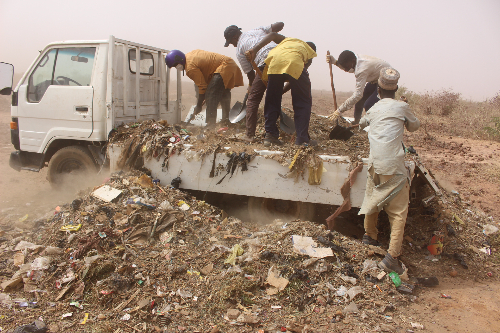JSTORIES ー The urban infrastructure that keeps our lives safe and comfortable requires constant inspection and maintenance. In Japan, many of the nation’s roads, bridges and other infrastructure were built during a rapid period of economic growth following WWII. Now this infrastructure is aging and deteriorating, and dealing with it is an urgent issue. But as Japan’s population continues to shrink, local authorities struggle to find specialist personnel to check and look after infrastructure.
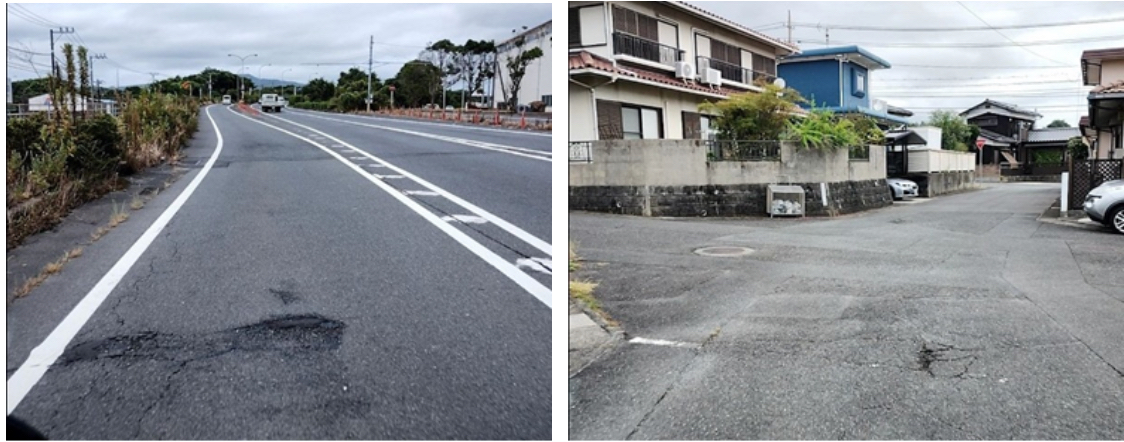
Tokyo-based startup Urban-X Technologies aims to address these issues and find solutions. Established in April 2020, it offers an innovative AI-powered city infrastructure management system.Its technology is based on research conducted at Tokyo University by CEO Hiroya Maeda when he was a graduate student. The company is also funded by the university. To date, infrastructure has been checked by special staff either by eye or using measuring tools. Urban-X Technologies’ service, however, uses AI to analyze smartphone images of roads and bridges, enabling it to identify problems in aging infrastructure more quickly, easily and cheaply.
The company’s core service is called RoadManager. Users install an app on their smartphone or dashcam that automatically checks road damage as their car is in motion. Managers tasked with maintaining roads can access the data collected by the app to check on the location and nature of damage, greatly reducing the time it takes to get started on repair work.
This is very different to previous road management work, which involved either two-person visual inspections or patrols in large expensive vehicles equipped with specialist equipment to detect road damage. As well as needing considerable time and personnel, manual patrols were sometimes unreliable due to the subjective nature of human visual inspection.With the company’s system, however, data can be collected using ordinary vehicles and analyzed objectively by AI.
CEO Maeda told J-Stories: “As [the system] uses ordinarily available devices, there is no need to buy expensive equipment and costs can be kept down. There is no variation in judgments made by inspectors and staff can spend the time saved on other tasks.”
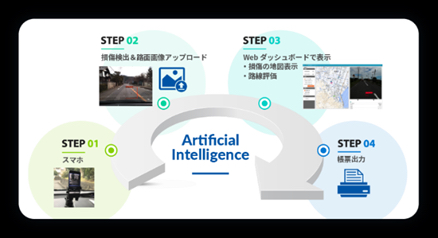
As part of its RoadManager business, the company is working with Mitsui Sumitomo Insurance to use data from policyholder dashcams to inspect road infrastructure. It has also teamed up with Idemitsu Kosan to collect data using the petroleum company’s delivery trucks.
Currently, the data collected by the RoadManager system is provided to 54 local authorities with responsibility for road management.
The system was officially launched in Tokyo’s Shinagawa Ward in 2022 after demonstration tests. Within a year, over 200 areas of damage were identified and quickly repaired. Users commented positively on how the system enabled regular observation without a need for in-person inspections.
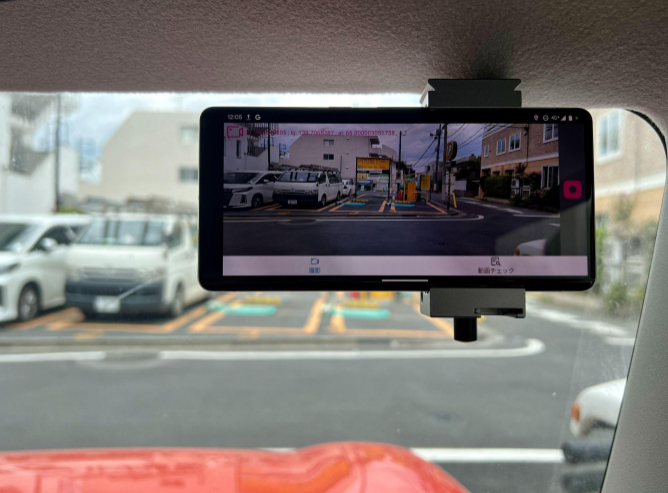
Following the earthquake that struck the Noto Peninsula on the Japan Sea coast, causing extensive damage to infrastructure, the company offered its service free of charge. However, only a few people used the service to check roads. Maeda says that the experience made them realize that people are unlikely to use unfamiliar technology during a disaster.
Alongside RoadManager, Urban-X Technologies offers a service called My City Report for citizens. The special system developed by the company allows residents and local authorities to address local issues together by posting information on such things as road damage, broken park equipment and dangerous places. Residents can supply real-time information on everyday dangers and risks they come across, enabling local authorities to take prompt action.
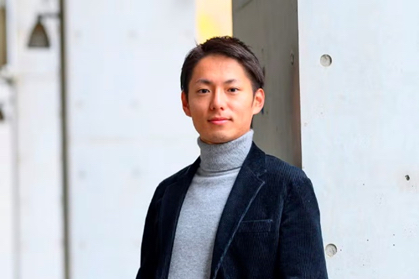
In July 2024, the company started a new collaboration with the Tokyo Metropolitan Government to monitor the condition of embankments. Its AI technology will help the authorities detect potential problems at an early stage.
“To help reduce the cost of urban infrastructure, we have expanded the infrastructure that [our service] manages to include not only roads but also the ground. To further reduce the costs of population decline, in future we will expand the range of infrastructure to gas and electricity.”
The company also plans to take its technology abroad and has already conducted tests in eight countries, including several ASEAN nations as well as countries in Central and South America.
Translated by Tony McNicol
Edited by Mark Goldsmith
Top photo by Envato
For inquiries regarding this article, please contact jstories@pacificbridge.jp
***
Click here for the Japanese version of the article


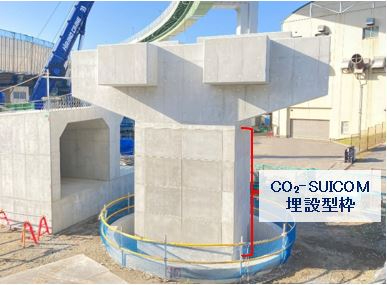
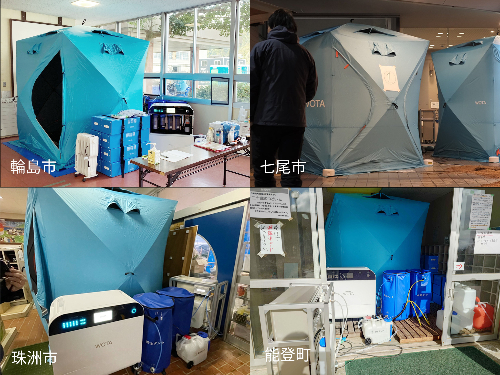
![[Interview: Part 1] From nourishing souls to feeding the hungry](https://storage.googleapis.com/jstories-cms.appspot.com/images/1763695595492unnamed_smallthumbnail.jpg)




![[Interview: Part 1] From nourishing souls to feeding the hungry](https://storage.googleapis.com/jstories-cms.appspot.com/images/1763695595492unnamed_bigthumbnail.jpg)

![[Podcast] Foreign founders are changing how Japanese start startups (Part 7)](https://storage.googleapis.com/jstories-cms.appspot.com/images/1763538829673unnamed_bigthumbnail.jpg)
![[Podcast] Foreign founders are changing how Japanese start startups (Part 6)](https://storage.googleapis.com/jstories-cms.appspot.com/images/1763000777388unnamed_bigthumbnail.jpg)
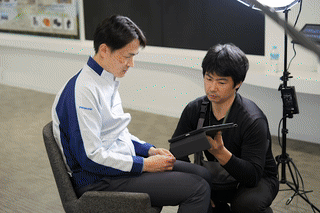

![[Interview] When digital and physical worlds meet](https://storage.googleapis.com/jstories-cms.appspot.com/images/1747974430456unnamed-2_smallthumbnail.png)
